Currently, many localities in the province have formed concentrated aquaculture production areas, mainly converted from low-lying fields. The province currently has 21 cooperatives operating in the aquaculture sector, including: 19 inland aquaculture cooperatives and 2 cage fish farming cooperatives on the Red River. Each cooperative has 7-22 members representing households and individuals producing aquaculture. Cooperatives raising in ponds, lakes, and lagoons have an average production area of 20-40 hectares of water surface. In addition, many localities have formed cooperative groups, professional associations, etc.
The Aquaculture Association of Nhan Thinh Commune (Ly Nhan) has 17 members, producing on an area of over 20 hectares. In its activities, the association's member households jointly develop production in the direction of raising specialty aquatic products (snails) and intensive fish farming on floating ponds. According to Mr. Nguyen Van Ngan, with an intensive fish farming area of 10 hectares, the head of the Aquaculture Association of Nhan Thinh Commune, aquaculture has completely changed compared to before because members unite, share experiences and support disease prevention during the production process. The form of large-scale regional farming overcomes many limitations compared to the previous small-scale and fragmented way of doing things.
In fact, concentrated aquaculture facilitates the application of scientific and technical advances to improve productivity and product quality. With the farming area converted from low-lying fields, most people apply the method of raising floating ponds with raised banks, spreading tarps, and using aerators to create oxygen. The stage of feeding fish uses a machine to spread bran evenly on the water surface, reducing labor. The water source in the ponds is focused on by using biological products to improve and clean them... In particular, some facilities have invested in applying advanced "river in pond" technology to production. Current fish productivity has been greatly increased compared to before, reaching an average of 10 - 15 tons of fish/ha/year. Many intensive farming pond areas and the "river in pond" model reach 20 - 30 tons of fish/ha/year. Along with the application of technology, people have actively converted and introduced aquatic species with high economic value into specialized farming, such as fish: black carp, catfish, red tilapia, hybrid carp, Koi carp... for production value surpassing traditional production. The area for intensive black carp farming alone with a yield of 20 tons/ha/year has a production value of nearly 1 billion VND.
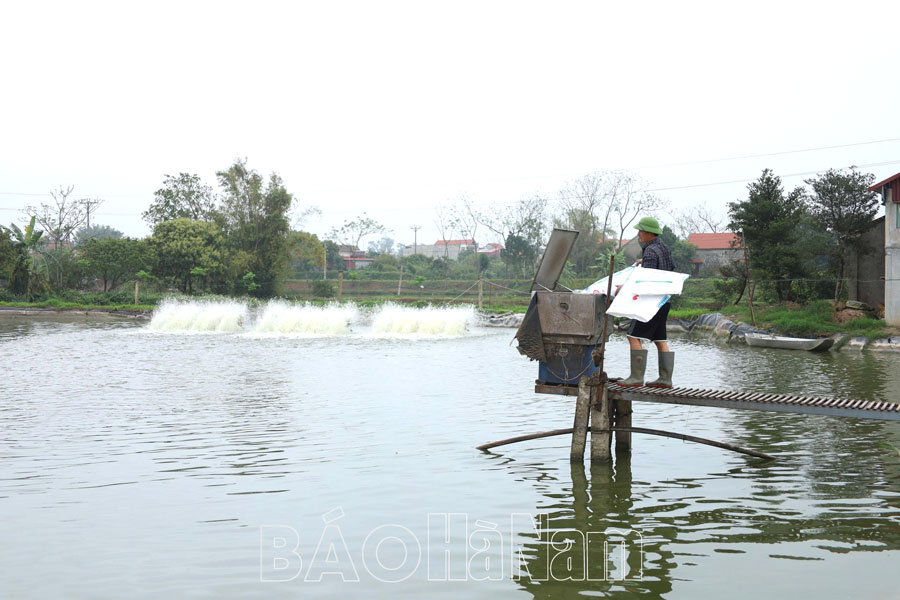
The total aquaculture area of the province is currently 5,500 hectares; of which, the traditional commercial aquaculture area is more than 5,400 hectares, 50 hectares for raising specialty aquatic products (black carp, snails, eels, crabs, soft-shell turtles, etc.). Along the Red River in the province, there are 555 fish cages, with a total volume of about 60,720 m3. Mr. Pham Anh Tuan, Deputy Head of the Department of Agriculture and Forestry (Department of Agriculture and Environment) assessed: Concentrated aquaculture production has been and is promoting good efficiency. Although the aquaculture area has decreased every year due to serving the task of socio-economic development, it still ensures an increase in output and value. Aquaculture in the province still has room for development in the coming time.
However, the province's aquaculture production is facing difficulties and limitations, such as: there are still many small-scale production areas and extensive farming; the application of technical advances in aquaculture in some places is still slow; there are no more aquatic seed production facilities in the province, leading to a lack of initiative in the development process; the rate of linkage in production, processing and consumption of products is still low; aquatic products are mainly consumed fresh in the free market, leading to unstable prices and being forced down by traders at some harvest times. Another important issue is that the water source for aquaculture in the fields mainly depends on the irrigation system serving rice cultivation, leading to a lack of initiative. During the dry season (after October), aquaculture needs to be supplemented with water, but there is no source, and large pumping stations cannot serve. In areas taking water from the Nhue River (most of Kim Bang town and part of Duy Tien town), the water source is often polluted, not ensuring quality for aquaculture. Most people lack capital to invest in developing aquaculture using new technology and techniques...
To make good use of the aquaculture area, in the coming time, farmers need to continue to apply the direction of commodity production, intensive farming, semi-intensive farming; focus on investing in the production of valuable economic objects in concentrated aquaculture areas, areas with favorable conditions; maintain the effectiveness of fish farming using "river in pond" technology, cage fish farming on the Red River, these are models with the potential for outstanding productivity. At the same time, expand and develop high-value specialty farming objects, such as: snails, frogs, eels, soft-shell turtles, black carp, loach...; pay attention to expanding the area for raising fish fry of all kinds (traditional fish, black catfish, perch,...) and proactively produce some species such as snails, soft-shell turtles to serve local needs. Along with that, encourage enterprises and cooperatives to invest in aquaculture through forms of cooperation and association in production and product processing; Support and facilitate people to borrow capital to invest in aquaculture development...
Aquaculture is still identified as one of the main development directions of agricultural production. Every year, the province sets a growth rate of about 3%, with a value of over 800 billion VND. Promoting concentrated aquaculture development contributes to exploiting potentials and advantages, completing the goals of both productivity and value.
Manh Hung
Source: https://baohanam.com.vn/kinh-te/nong-nghiep/hieu-qua-tu-phat-trien-nuoi-thuy-san-theo-huong-tap-trung-165191.html







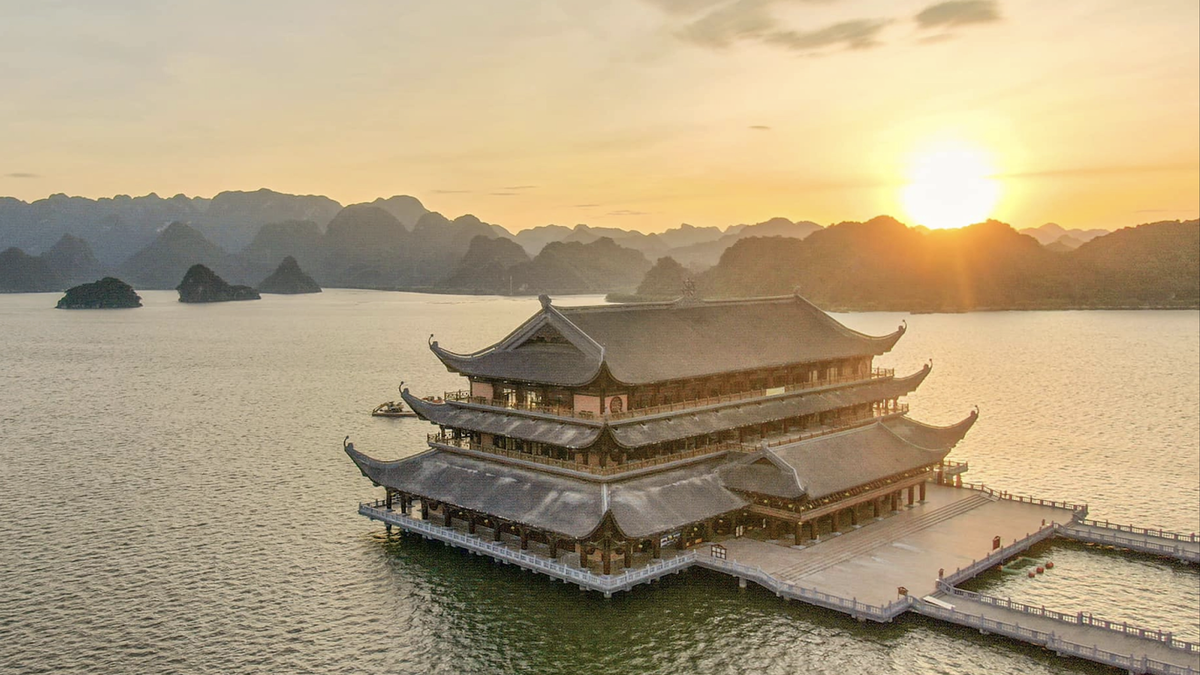
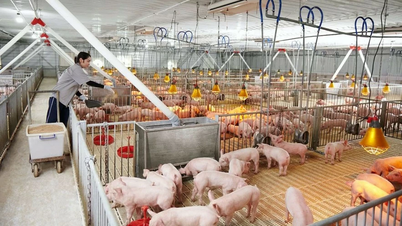

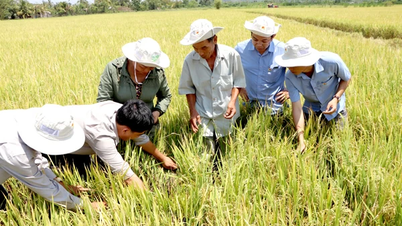
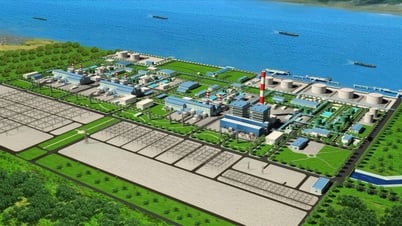

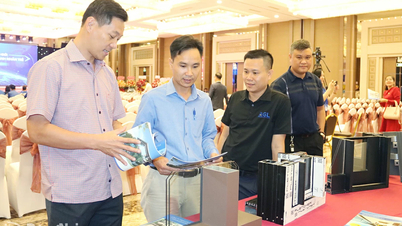
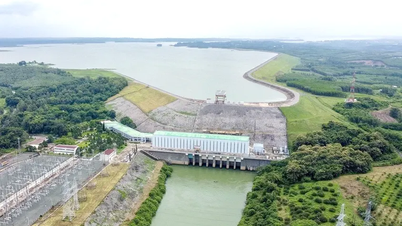
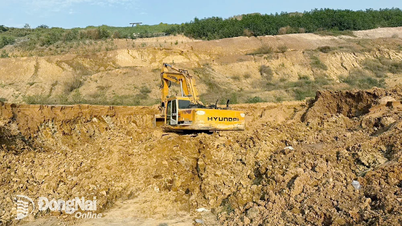





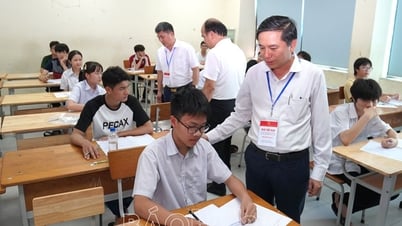

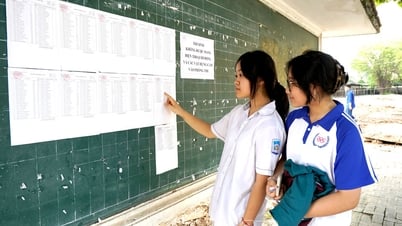
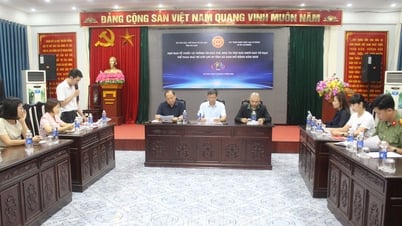
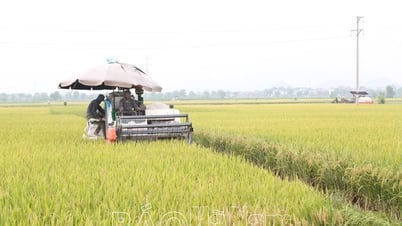
![[Photo] General Secretary To Lam receives Korean Ambassador to Vietnam](https://vphoto.vietnam.vn/thumb/1200x675/vietnam/resource/IMAGE/2025/6/6/a0765b7543784cbcbfe4755b67d43ab4)
![[Photo] President Luong Cuong works with Hung Yen and Thai Binh Provincial Party Committees on implementing Resolution of the 11th Central Conference, 13th tenure](https://vphoto.vietnam.vn/thumb/1200x675/vietnam/resource/IMAGE/2025/6/6/127b735d2761484d81dcee0d7725a25b)




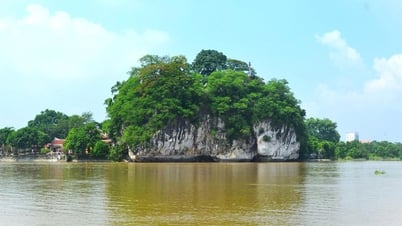

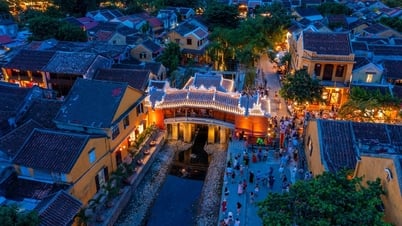























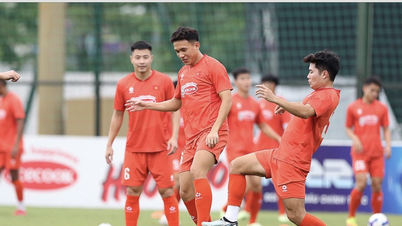
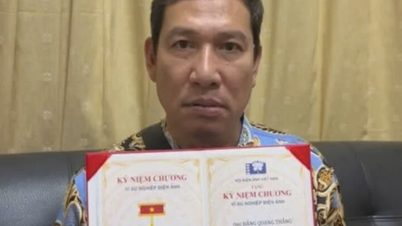

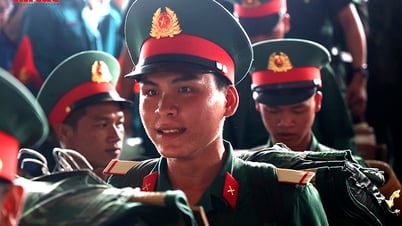


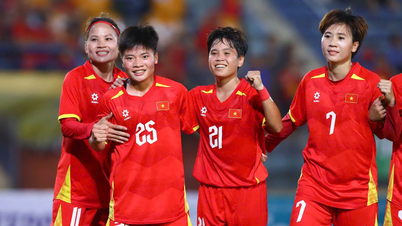


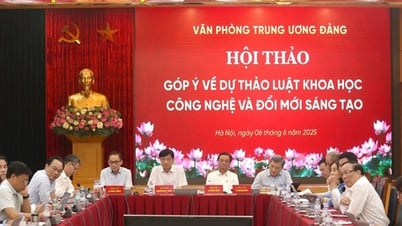

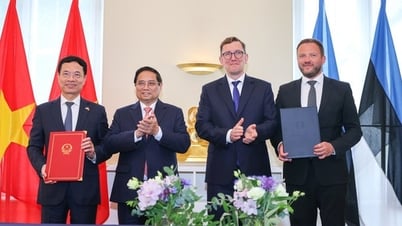


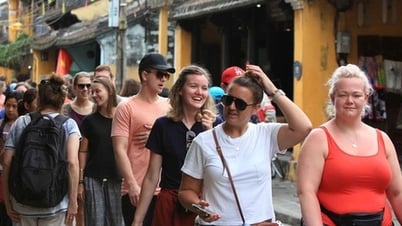

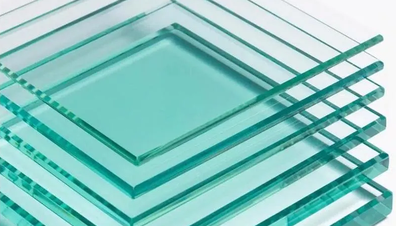

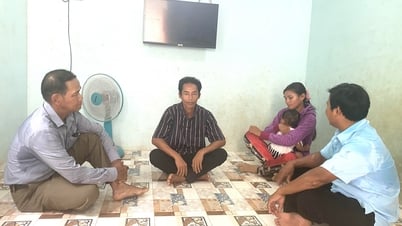



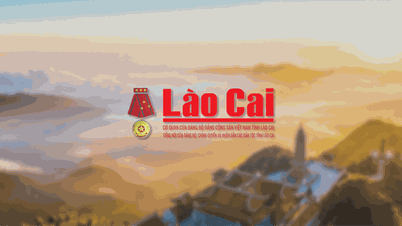




![[OCOP REVIEW] Tu Duyen Syrup - The essence of herbs from the mountains and forests of Nhu Thanh](https://vphoto.vietnam.vn/thumb/402x226/vietnam/resource/IMAGE/2025/6/5/58ca32fce4ec44039e444fbfae7e75ec)





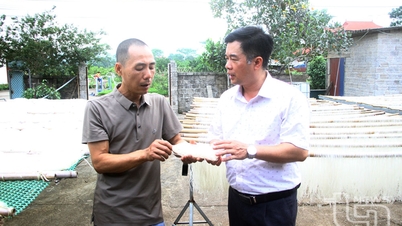




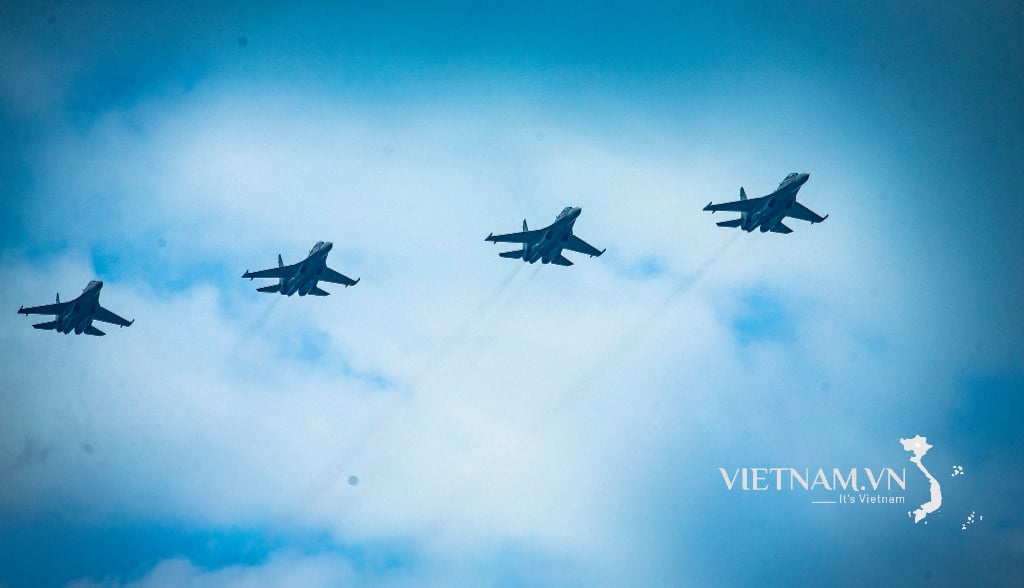
Comment (0)